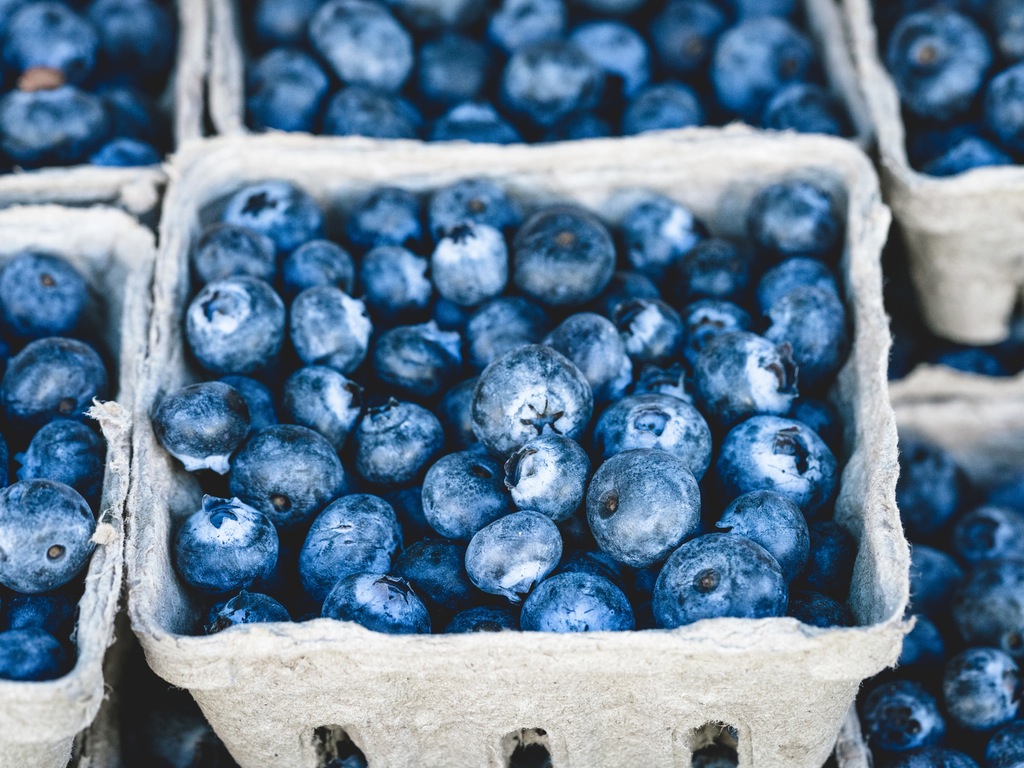4 Mins Read
Fruits are natural, nutritious and delicious right? This is what we have been taught. But what is a exactly is a fruit? And why are they so yummy, exactly? Green Queen clears up common misunderstandings after an in-depth chat with our friendly resident scientist, Karen Stollberger.
What is a fruit, exactly?
Biologically, a fruit is the seed bearing part of a plant- along with flowers, they are part of the mechanism by which many plants reproduce. Fruits have seeds, which need to be spread in order for the plant to successfully reproduce. In order for this to happen, plants need pollinators (bees are the most famous example of a pollinator). The whole point of a fruit in nature is to be eaten- this is their ideal biological destiny and the plant’s key reproductive strategy. Fruits want to be as desirable and alluring as possible. A fruit is the vehicle used to spread the plant’s seeds. Animals eat fruits and in doing so, spread the fruit’s seeds to new areas that the plant could not have accessed on their own. In order to make a fruit as attractive as possible to animals, plants expend a great deal of energy to produce it, filling it with natural energy sources like sugar, which animal tastebuds are looking for to meet their energy needs.
Did You Know? Mammals evolved before fruits and flowers did.
The Hybridization of Fruits
Before humans came along and got involved with nature, fruits were highly sought after by animals but also a special treat. Our ancestors would have enjoyed these energy rich morsels whenever possible but as just explained, the occasions would have been rare. The reasons for this are two-fold: 1) seasons- before agriculture, animals were dependent on eating what was in season, which meant no tomatoes in January. Before modern shipping and greenhouses, most fruits would have only been available during summer and fall when fruits ripen. 2) yield- without the benefit of fertilizers and chemicals, plants cannot produce much more than a few small fruits. Further, the fruits they would have encountered in nature would have looked almost unrecognizable to us, especially as compared to our modern day varieties. Humans have spent thousands of years breeding plant varieties to produce the largest and sweetest fruit possible (to enhance and magnify Mother Nature’s work)- by only allowing plants with those attributes to reproduce. Ever seen a wild strawberry? They are a tiny fraction of the size of their domesticated kin, as no wild plant could afford to expend the energy necessary to produce such sweet, large berries. You need fertilizers and human interaction for that. So while fruit is delicious and can be nutritious, it is worth remembering that to our ancestors it would have been quite a treat and possibly the only sweet part of their diet- something they enjoyed only a few days a year.
Did You Know? Apples, originally from Kazakhstan, now come in over 7, 500 varieties and are grown in over 90 countries around the world.
The Whole Fruit-Vegetable Issue
You have probably heard people say that a tomato is a fruit. And you have probably clocked that avocados are too. But did you know that cucumbers, eggplants and bell peppers are fruits too? That’s right! You may think of gazpacho as a delicious Spanish soup and a way to imbibe your greens but it is actually a fruit soup! Even corn is a fruit! Basically, anything with a seed is on the list. While one could argue that this is a semantics issue, we are all constantly bombarded by the media about the importance of eating our vegetables, when biologically speaking, they are pushing us to eat more fruit a lot of the time. There is nothing wrong with eating fruits per se, they contain so many beneficial nutrients, vitamins and minerals. However, the quantity of fruits consumed can be an issue. They may not always taste sweet, but these fruit-vegetables as we like to call them, contain significant levels of sugar in the form of fructose, especially when compared to leafy greens (lettuce and such) and cruciferous vegetables (the cabbage family)- something to keep in mind the next time you are in the produce aisle.
Did You Know? The world’s most popular and commonly consumed fruit is the tomato.
Fruits and Nutrition
The primary sweetener in fruits is a sugar called, for obvious reasons, fructose. We don’t want to get overly-sciency and complicated but basically your body processes fructose differently than other sugars such as sucrose. Fructose must be metabolized by the liver and is more easily converted into fat than other sugars (or other macro nutrients like protein and fat). In addition, fructose interferes with the brains signals that let you know you are satiated (so that you will stop eating). Fructose is especially damaging on our bodies when consumed in an isolated state- this is why there has been so much written about the dangers of high fructose corn syrup/high fructose agave syrup. While fruits should be a part of a balanced, healthy diet, remember to try to eat something that is fresh and eat it whole, so that you are also consuming the beneficial vitamins, minerals, and of course, the fiber- this slows down the spiking effect of fructose on your blood sugar and insulin levels too.
Photo credit: awsheffield via photopin cc.





